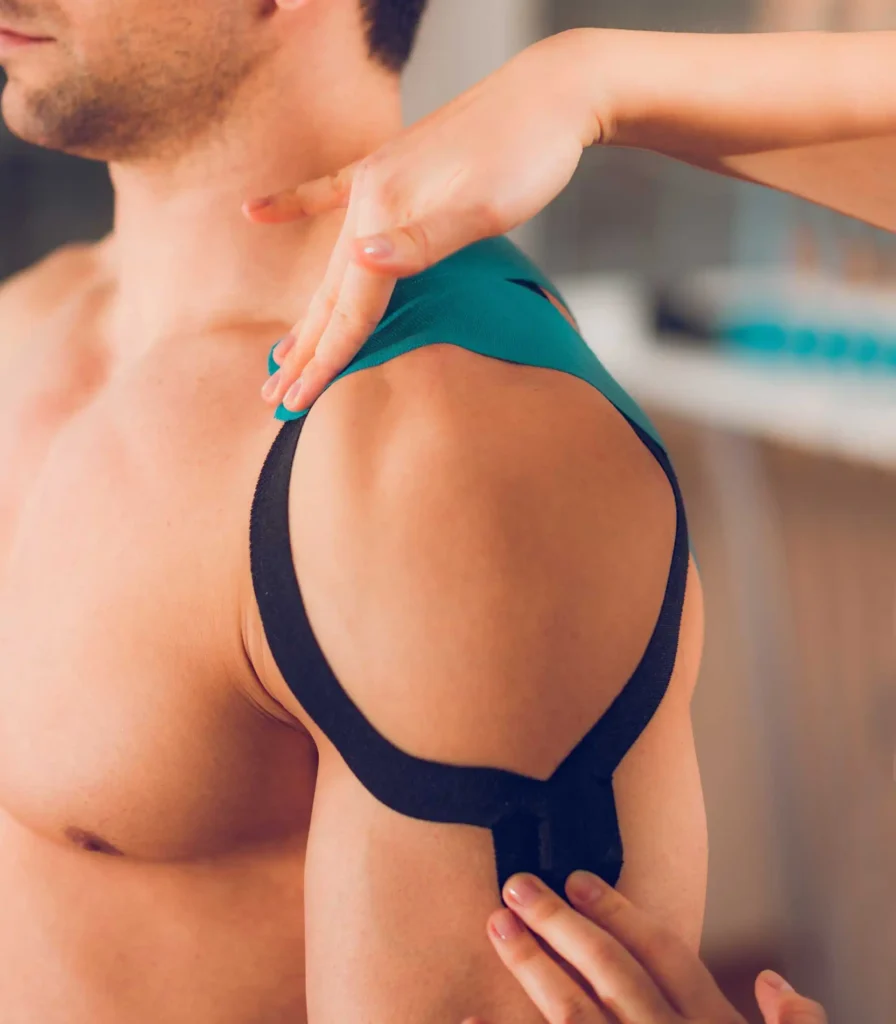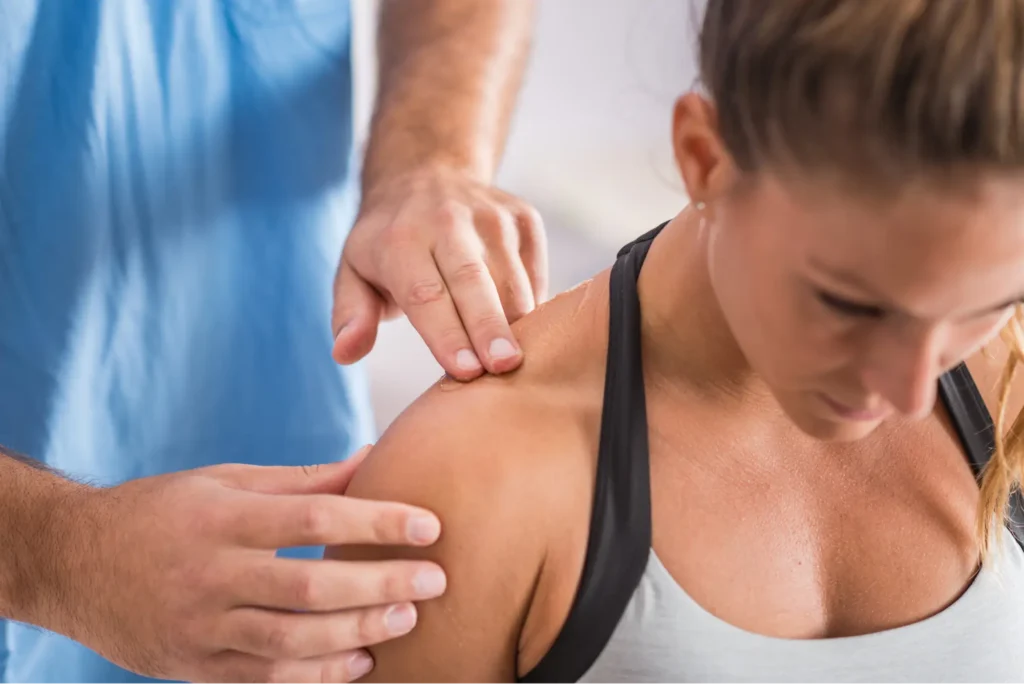The rotator cuff consists of a group of tendons and muscles that surround and stabilize the shoulder joint. These tendons allow a wide range of movement of the shoulder joint across multiple planes. Irritation or injury to these tendons can result in rotator cuff pain.

Rotator cuff pain may be caused due to:
The symptoms that often accompany rotator cuff pain include:
Shoulder pain may be exacerbated by:
Initial treatment involves the use of conservative methods such as rest, non-steroidal medications, physical therapy, and steroid injections.
If the rotator cuff pain is not resolved by conservative methods, surgery may be required. The goal of surgery is to
This can be done arthroscopically (keyhole surgery) or through open surgery.
Following surgery, your arm will be placed in a sling to allow the shoulder time to heal without any stress being placed on it. Once sufficiently healed, physical therapy rehabilitation may be recommended by your doctor to regain strength and range-of-motion.
A rotator cuff is a group of tendons in the shoulder joint that provides support and enables a wide range of motion. A major injury to these tendons may result in rotator cuff tears. It is one of the most common causes of shoulder pain in middle-aged and older individuals.

A rotator cuff tear may occur with repeated use of the arm for overhead activities, while playing sports, or from a motor accident.
A rotator cuff tear causes severe pain, weakness of the arm and crackling sensation on moving the shoulder in certain positions. There may be stiffness, swelling, loss of movement and tenderness in the front of the shoulder.
The shoulder joint is a ball and socket joint. A ball at the top of the upper arm bone (humerus) fits neatly into a socket, called the glenoid, which is part of the shoulder blade (scapula). The glenoid is surrounded by a ring of fibrous cartilage called the labrum for stabilization of the shoulder joint. The biceps tendon attaches inside the shoulder joint at the superior labrum of the shoulder joint. It is a long cord-like structure that attaches the biceps muscle to the shoulder and helps to stabilize the joint.
Traumatic injury to the shoulder or overuse of the shoulder (throwing, weightlifting) may cause the labrum to tear. In addition, ageing may weaken the labrum leading to injury.

Your doctor may initially suggest conservative approaches such as prescribing anti-inflammatory medications and advise rest to relieve symptoms until diagnostic scans are performed. Rehabilitation exercises may be recommended to strengthen the rotator cuff muscles. If the symptoms do not resolve with these conservative measures, your doctor may recommend arthroscopic surgery.
During arthroscopic surgery, your surgeon examines the labrum and the biceps tendon. If the damage is confined to the labrum without involving the tendon, then the torn flap of the labrum will be removed. In cases where the tendon is also involved or if there is a detachment of the tendon, absorbable wires or sutures will be used to repair and reattach the tendon.
After the surgery, you will be given a shoulder sling to wear for 3-4 weeks. You will be advised motion and flexibility exercises after the sling is removed. These exercises increase the range of motion and flexibility of the shoulder joint.